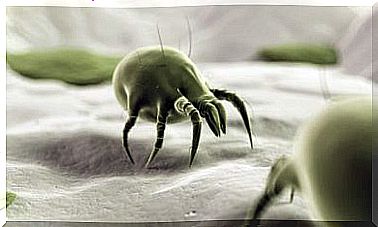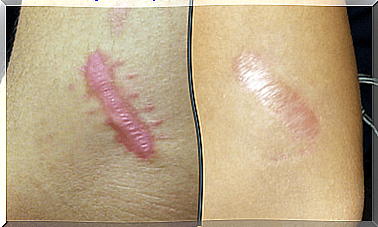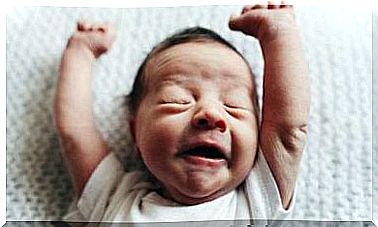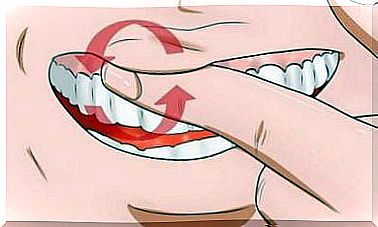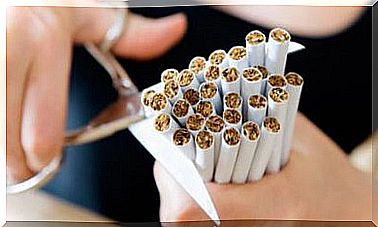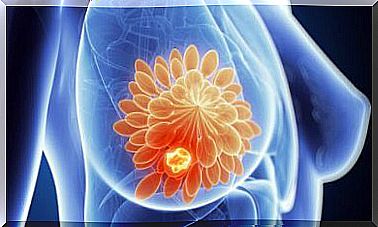Fighting Acne On The Back Effectively
Anyone struggling with acne on the back should definitely use a peeling. This can be used to remove dead skin cells that would otherwise clog pores and cause pimples.
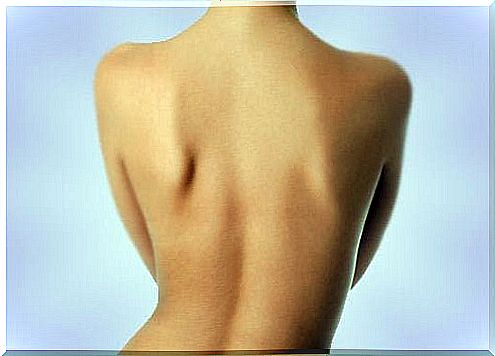
Anyone struggling with acne on their back should definitely resort to a peeling. This can be used to remove dead skin cells that would otherwise clog pores and cause pimples.
Particularly unpleasant is acne on the back then, if you want to contribute, for example, a backless dress. So how can it be avoided? In this article, we will introduce you to a few effective measures that are different from those for acne on the face.
What should I do to prevent back acne?
The reasons why it occurs in this part of the body in the first place are numerous. When the skin produces too much sebum or oil, over time, dead cells, bacteria, and contaminants build up that lead to blackheads.
Usually these are more painful than the face and also more difficult to get rid of. Men and women are equally affected, although acne on the back, unlike acne on the face, does not depend on age. It can occur at any time.
In the following, we give you a few tips that you should consider in this context.
1. Keep your skin on your back clean

When you shower every day, pay particular attention to your back and how you can wash it. Conventional sponges are usually not suitable, as bacteria collect in them and they can be harmful.
Use a cloth or natural sponges that you can use to apply homemade scrubs.
Also, use mild, antibacterial soaps that remove sweat, grime, and excess sebum, especially after exercising. Refrain from perfumed soaps, neutral ones are more recommended.
2. Use scrubs
You should exfoliate your back at least once a week to remove dead skin cells. Natural yogurt with lemon is a perfect peeling cream. Because it contains lactic acid, it is often one of the main ingredients in chemical products.
If a natural astringent such as lemon juice is added to the lactic acid, much of the fat and impurities can be removed.
So mix 1/2 cup of fat-free plain yogurt, 3 tablespoons of lemon juice and 1/4 cup of flour. Apply the mass to dry skin and let it soak in as a kind of mask for 15 minutes. Rinse them off with hot water afterwards.
The use of salt or brown sugar is also a suitable exfoliating technique. The salt should be coarse sea salt that you can apply with a washcloth or cloth. Use it to massage your back and especially the areas where pimples and blackheads are.
3. Use other remedies to prevent back acne
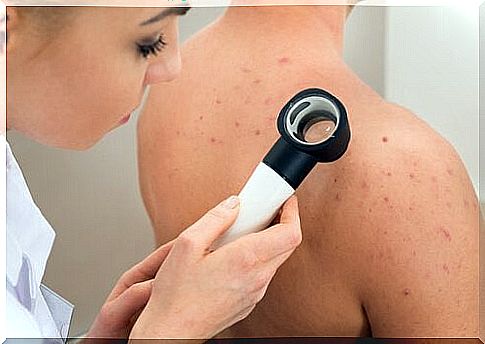
Tea tree oil is a natural and particularly effective antiseptic to treat acne. It can be purchased in health food stores or pharmacies. Tea tree oil is characterized by its clear to slightly yellowish color and smell.
It is also used to soothe blemishes and burns, but is especially helpful for acne as it helps healing. All you have to do is moisten a cotton ball with water, add a drop of tea tree oil and apply it to the appropriate areas.
Honey also has positive results for acne on the back. Apply it to the affected areas of the skin and let it work for ten minutes. Afterwards, take a shower and apply aloe vera to your skin, as this plant naturally moisturizes and has healing properties.
4. Observe general instructions for your skin on your back
Acne usually occurs on the back or chest, where the sebum glands are particularly active and where dead skin cells make it easier for pores to clog.
To avoid this, it is advisable not to wear clothing that is too tight. Make sure your skin can sweat. If you have sweated a lot, for example after exercising, you should shower and exfoliate your skin immediately.
Diet also plays a role in the development of acne. Eat more fruits and vegetables, especially those that are high in vitamin B. They help subside inflammation and help wound healing.
Drink plenty of fluids so that you are always well hydrated. This means that pollutants are better filtered out. At the same time, avoid foods that are very high in fat, as these will clog your pores.
If you still have doubts or if you do not see any improvement in your back acne despite these measures, it is best to consult a dermatologist. They can help you find appropriate treatment.


